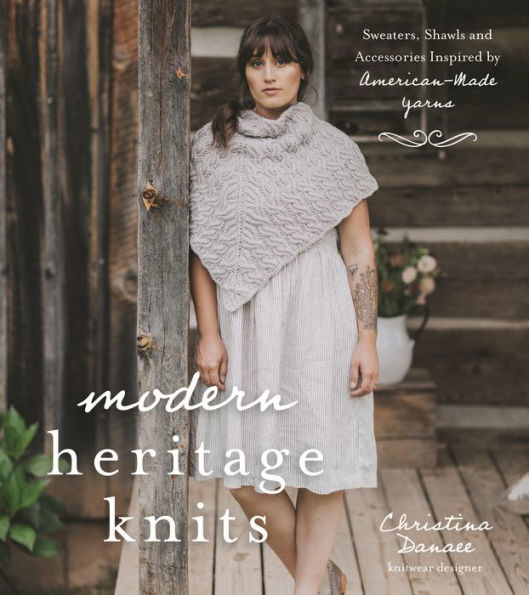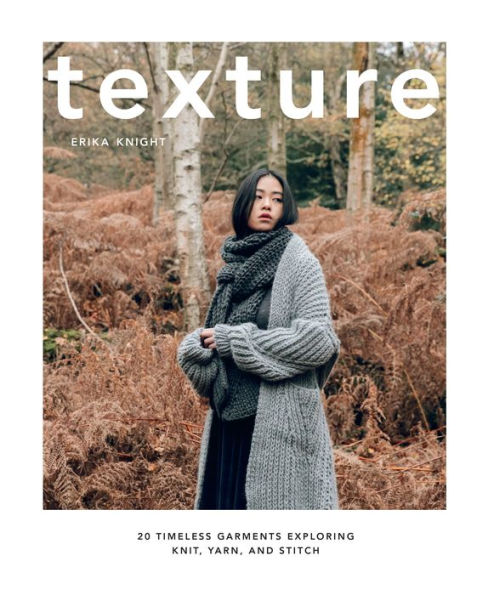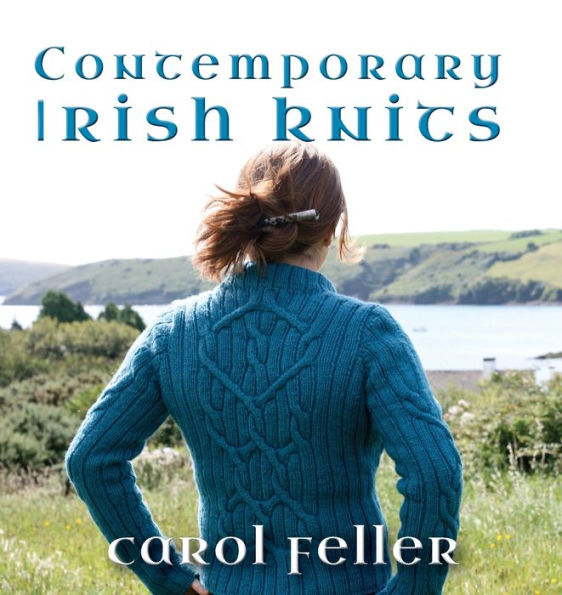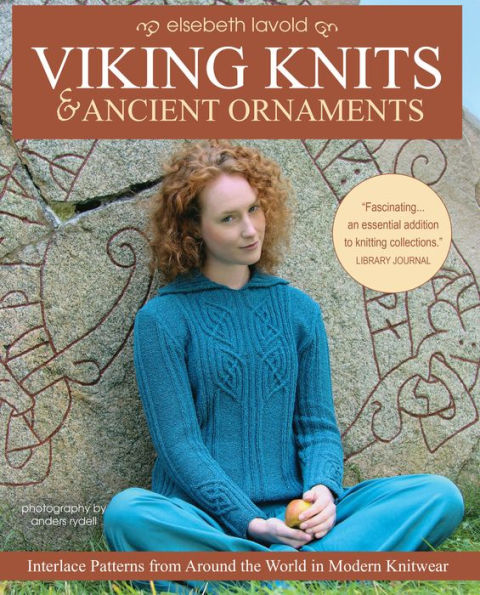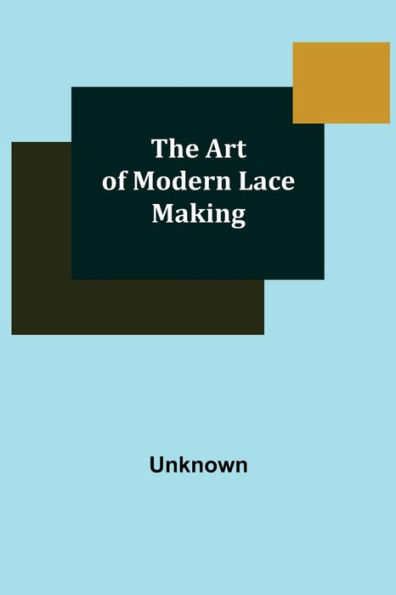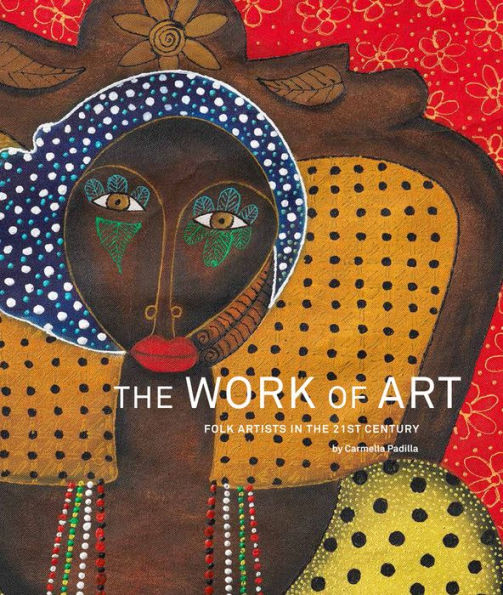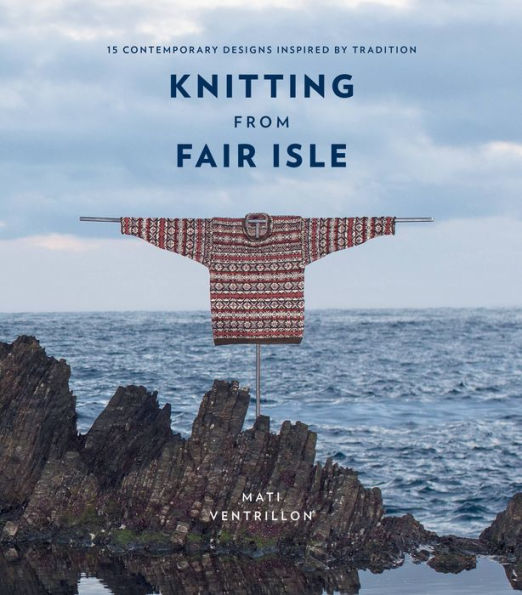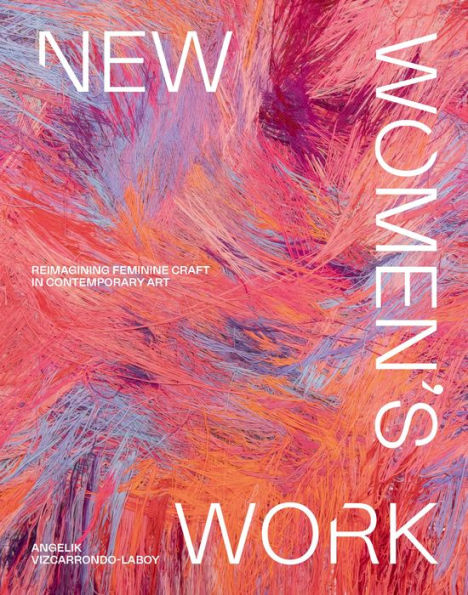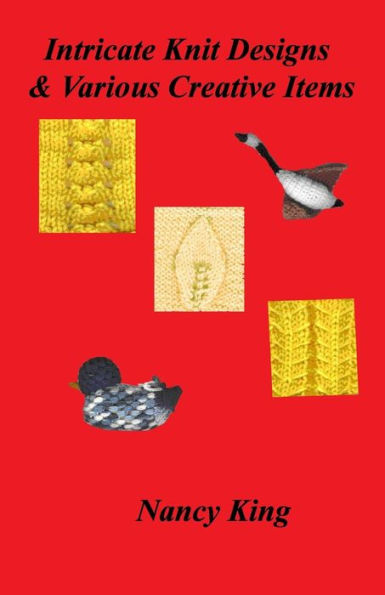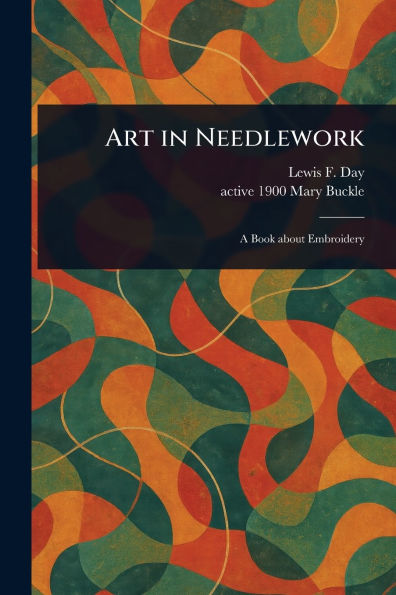Home
Knitting 20th Century Art
Barnes and Noble
Loading Inventory...
Knitting 20th Century Art in Bloomington, MN
Current price: $19.28

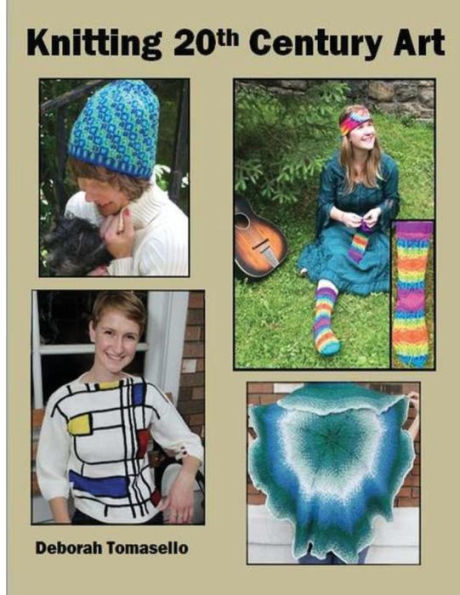
Knitting 20th Century Art in Bloomington, MN
Current price: $19.28
Loading Inventory...
Size: OS
Knitting 20th Century Art is a loose-knit survey of 20th-Century Art Movements, explained and interpreted through the medium of yarn and needles. I am writing it for people, like me, whose knowledge of art history would fit neatly on the tip of a knitting needle. With room to spare. It is a humorous approach to the topic that informs a little, but encourages a lot-a lot of giggles. The ten knitting patterns included were inspired by recognizable art styles from the 20th century. What I deem as silly when hanging in oils on a wall, I find stunning when knitted into a garment or accessory and hanging on a person. But, this book will also appeal to art history buffs, as it will expose them to the idiocy and ignorance of their lessers. The text will prove be irresistibly amusing. And the knitted pieces, for art aficionados, will have an intrinsically deeper meaning. I cover an important topic heretofore overlooked in knitting books. When working to achieve knitting nirvana, we knitters need to own our imperfections. Mistakes are allowed. Sometimes they are okay. It is my contention (with no support whatsoever beyond experience) that many wonderful stitches were inadvertently created. That is to say they were born as mistakes. This is easy to imagine with the "mistake rib" stitch. Likewise, we all made holes when we started knitting. Now, we make them on purpose and we call them lace. Fortunate accidents they are, but blunders nonetheless. We are not perfect, and our art reflects that, whether we like it or not. So, we need to relax about the idea of perfection in our work. Being okay with imperfection aids in making knitting the joy it should be. I aim to make the idea of tinking history, or at least extremely rare. In Knitting 20th Century Art, I explain what colorwork is, the choices involved before beginning a project, and the importance of maintaining an even tension and floats when stranding. I also discuss how to read colorwork charts and how these differ from other knitting charts. I include links to the helpful visuals available via Youtube. I have included patterns for socks, hats, mitts, a tam, a cowl, a sweater, a tote bag and shawls. The collection comprises patterns employing the stranded knitting and intarsia techniques, which are explained in the text. Some beads can be used as well as duplicate stitching or other embellishments. Hence, there is something in this book that will appeal to knitters of all stripes.
Knitting 20th Century Art is a loose-knit survey of 20th-Century Art Movements, explained and interpreted through the medium of yarn and needles. I am writing it for people, like me, whose knowledge of art history would fit neatly on the tip of a knitting needle. With room to spare. It is a humorous approach to the topic that informs a little, but encourages a lot-a lot of giggles. The ten knitting patterns included were inspired by recognizable art styles from the 20th century. What I deem as silly when hanging in oils on a wall, I find stunning when knitted into a garment or accessory and hanging on a person. But, this book will also appeal to art history buffs, as it will expose them to the idiocy and ignorance of their lessers. The text will prove be irresistibly amusing. And the knitted pieces, for art aficionados, will have an intrinsically deeper meaning. I cover an important topic heretofore overlooked in knitting books. When working to achieve knitting nirvana, we knitters need to own our imperfections. Mistakes are allowed. Sometimes they are okay. It is my contention (with no support whatsoever beyond experience) that many wonderful stitches were inadvertently created. That is to say they were born as mistakes. This is easy to imagine with the "mistake rib" stitch. Likewise, we all made holes when we started knitting. Now, we make them on purpose and we call them lace. Fortunate accidents they are, but blunders nonetheless. We are not perfect, and our art reflects that, whether we like it or not. So, we need to relax about the idea of perfection in our work. Being okay with imperfection aids in making knitting the joy it should be. I aim to make the idea of tinking history, or at least extremely rare. In Knitting 20th Century Art, I explain what colorwork is, the choices involved before beginning a project, and the importance of maintaining an even tension and floats when stranding. I also discuss how to read colorwork charts and how these differ from other knitting charts. I include links to the helpful visuals available via Youtube. I have included patterns for socks, hats, mitts, a tam, a cowl, a sweater, a tote bag and shawls. The collection comprises patterns employing the stranded knitting and intarsia techniques, which are explained in the text. Some beads can be used as well as duplicate stitching or other embellishments. Hence, there is something in this book that will appeal to knitters of all stripes.
